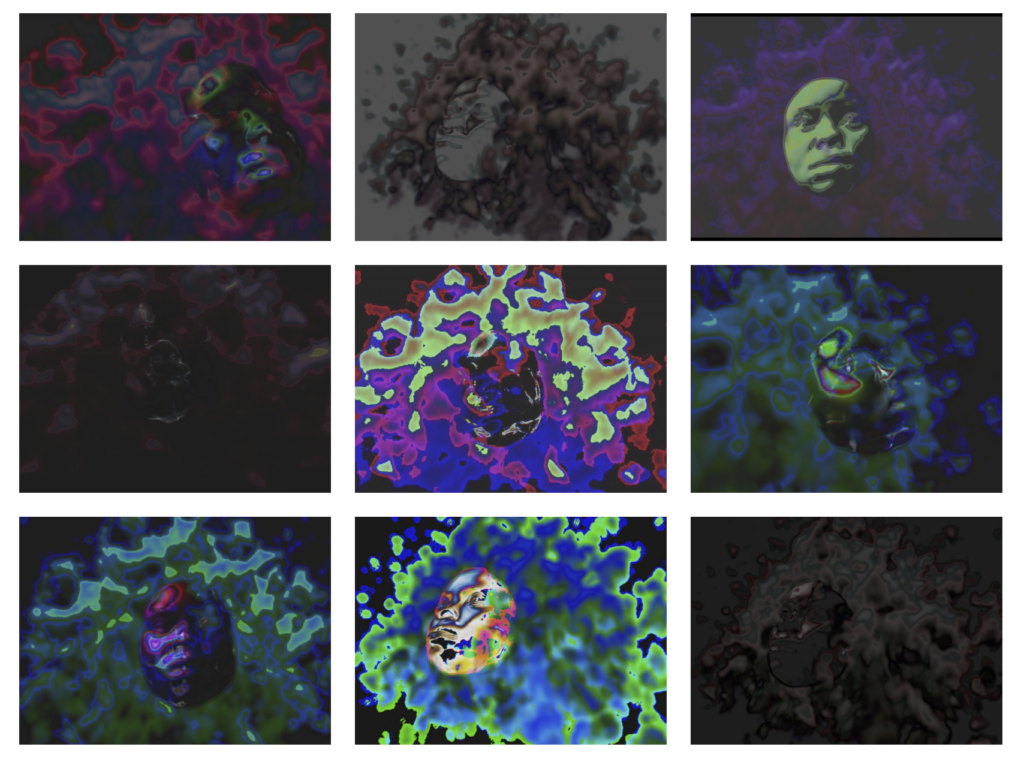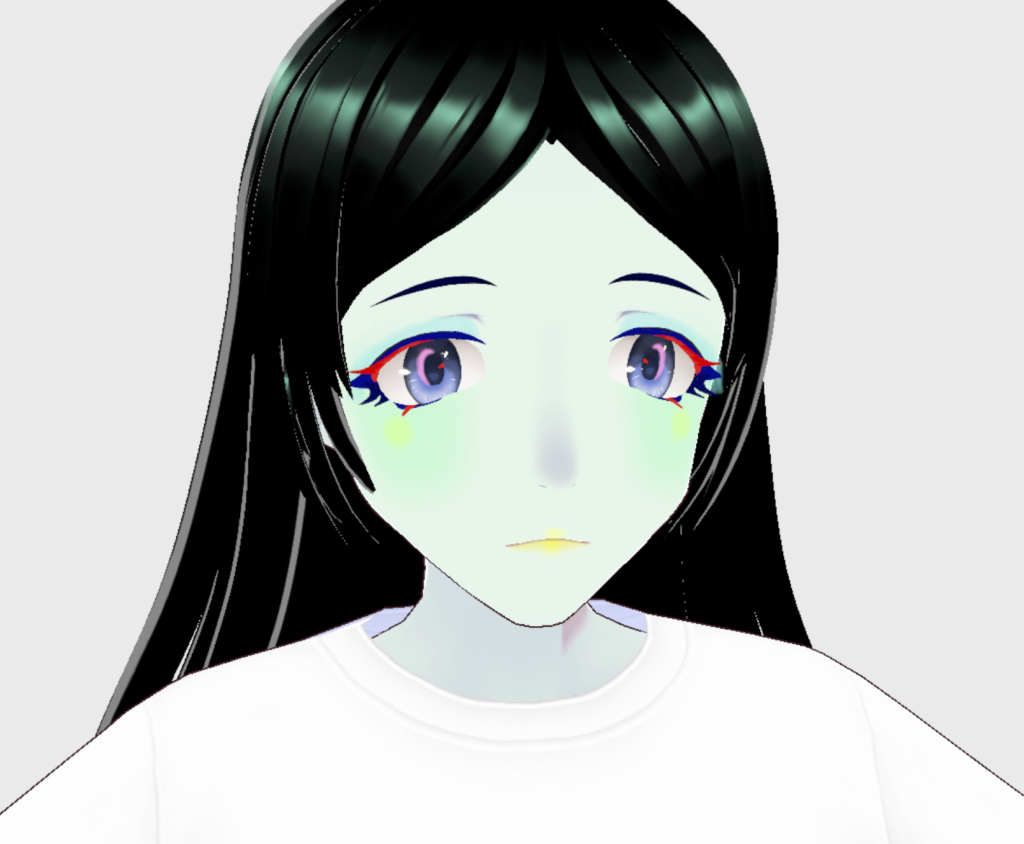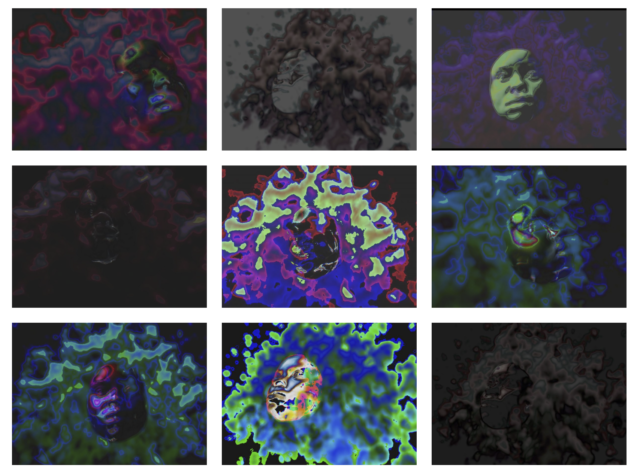This month I’ve been working on making my paper outline, revising the first 1/2 part, and planning the creative output project I will make after the paper. After actively reading a broad range of academic writings related to my topic, I found the issue is far more interdisciplinary and multi-layered than my original plan. However, I already assumed it was a highly complex topic from the very beginning. To make the research more focused and convincing, I need to adjust some of my arguments so that they would include some of the potential problems while not going too far beyond my research goals. For example, the author of Race in Cyberspace: Race, Ethnicity, and Identity on the Internet, Lisa Nakamura, mentions the invisible racial issue evoked by the absence of race in text and the presence of racial stereotypes in graphics in a virtual environment. Doing interdisciplinary research enables me to realize my initial structure is not comprehensive enough and misses out on deep reflections about some essential perspectives of the issues, like gender structures and ethnicity issues behind the construction of cyberspace. Therefore I would like to refine my thesis to include the related issues as a supplementary part for my focus on art, media, and interaction analysis, showing that the realms of art, mechanics, and philosophy are not aloof from the social and political existence side of individuals. However, the focus of my paper still lies in the technology and media analysis and the thoughtful creations in art.

I also continue doing research about the application of extended reality and the issue of identity technologies in art by going to shows, lectures, and workshops, as well as extensively discussing my progress with my friends who are interested and bring in their opinions. For example, my thinking about the racial and political side of virtual avatars is enriched by the artwork of LaJuné McMillian presented in Bitform Gallery in July, which expresses her exploration of combining her racial and gender identity with digital technologies. I am also attending some self-organized seminars by artists discussing the fluid feature of identification, which does not directly contribute to my specification but provide mindsets to develop my idea. I registered for the electric dream online conference and exhibition held by Computational and Media Art Thrust at Hong Kong University of Science and Technology, which will occur at the end of August and hopefully will provide some inspiration for my paper’s final refinement.

Looking back on my research process, from idealizing the thesis to conducting research, I consider this experience a chance for me to spend time exploring some topics that I’ve been interested in for a long time but didn’t have enough time to dive into. It also propels me to meet many high-quality arguments and creations and helps me synthesize the thinking and observation I accumulated in recent years. As I learn more about the topic, I get more and more excited to consider the position of extended reality and virtual identities on the spectrum of culture and technology, which opens so many new possibilities that may cause us to rethink many crises and blessings we would be facing. I hope this research will be the beginning of the next phase of my academic pursuit, where both my critical thinking and creativity skills will be developed and prepared for future explorations as a cybernaut.
